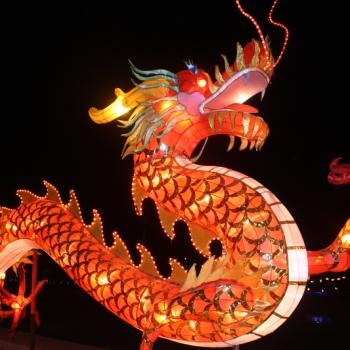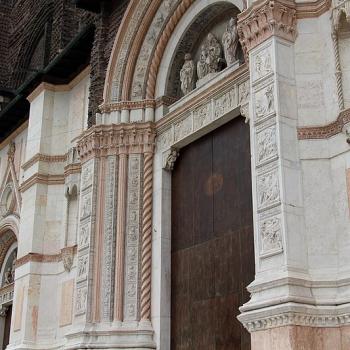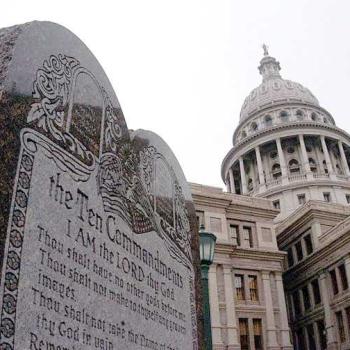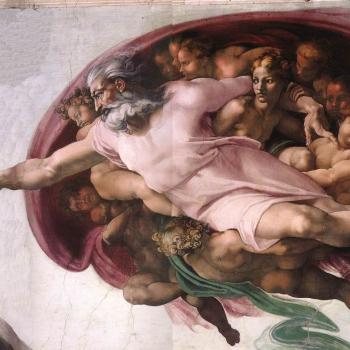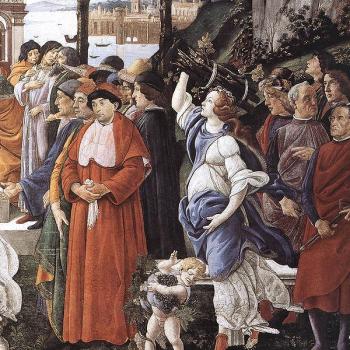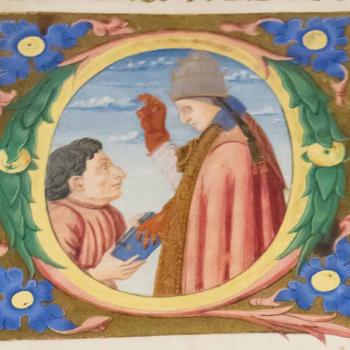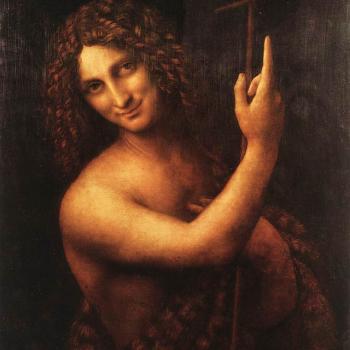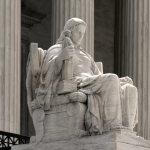What are the origins of dragons? It isn’t clear when and where dragons first appeared in the world, or even if there was a “first appearance.” Creatures with some of the attributes of dragons are found in the earliest folktales and legends of many cultures around the world. It’s commonly speculated that such creatures were inspired by dinosaur fossils. Anthropologist David E. Jones, in his book An Instinct for Dragons (Routledge, 2002), argues that humans are “hardwired” to believe in... Read more


